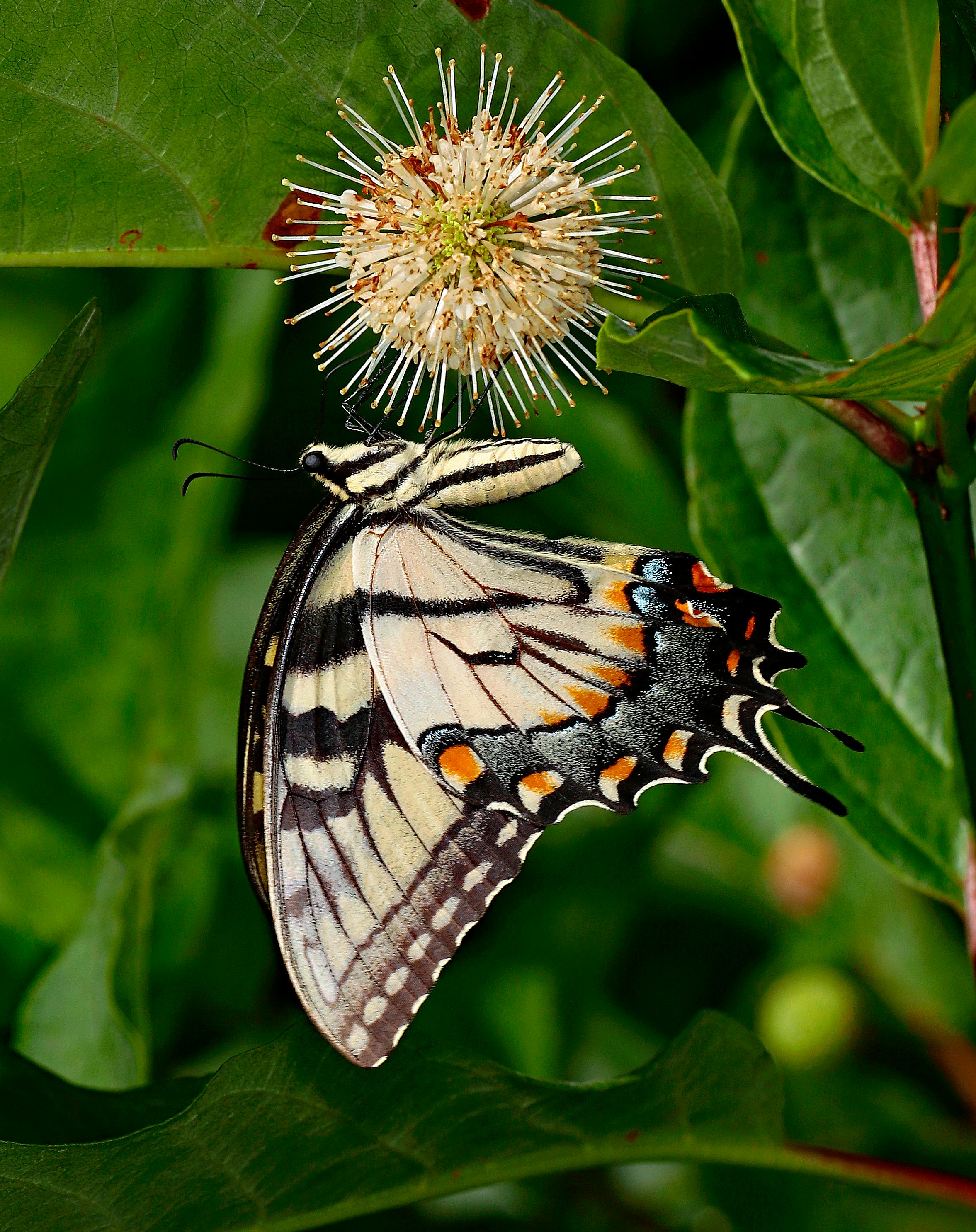
5 Effective Methods for Shrimp to Clean Algae in 2025
Maintaining a healthy aquatic ecosystem is crucial for shrimp enthusiasts and aquarists. One of the most effective ways to control algae growth in shrimp tanks is by leveraging the natural feeding habits of shrimp. Shrimp are known for their algae consumption capabilities, which can significantly benefit both their health and the overall water quality in the aquarium. In this article, we will explore five effective methods for utilizing shrimp as natural algae cleaners, along with insights on their diets, behaviors, and the types of algae they thrive on.
We will discuss the nutritional needs of shrimp and the importance of algae as a food source, delve into the best shrimp species for algae consumption, and provide care tips for maintaining a balanced aquatic environment. Each method will be designed to contribute to effective algae management while promoting healthy shrimp growth. Let's dive in!
Understanding Shrimp Diet and Algae Consumption
Building on the fundamentals, it's essential to understand the relationship between shrimp and algae. Shrimp in both freshwater and saltwater environments consume various types of algae, making them vital contributors to their ecosystems. This section will explore the dietary preferences of shrimp and how algae serves as a key food source for them.
Types of Algae that Shrimp Prefer
Different species of shrimp have varying preferences for specific types of algae. For instance, freshwater shrimp like the Neocaridina and Caridina species often enjoy consuming green algae, which are abundant and easy to digest. On the other hand, saltwater shrimp may prefer different algae varieties based on their habitat and dietary needs. Understanding the preferred algae types can help shrimp owners cultivate a more suitable environment in their aquariums.
Importance of Algae for Shrimp Health
Algae is more than just a food source; it plays a crucial role in shrimp health. The nutritional value of algae contributes to the shrimp's overall well-being and growth. Algae provides essential nutrients such as vitamins, minerals, and antioxidants that support the shrimp's immune system and reproductive health. Including a variety of algae in shrimp diets can enhance their resistance to diseases and promote successful breeding.
Feeding Mechanics: How Shrimp Consume Algae
Understanding shrimp feeding mechanics is vital for aquarists wanting to optimize their tank setups. Shrimp use their strong pincers to graze on algae surfaces. This grazing behavior contributes to algae removal, helping maintain cleaner tanks. As they consume algae, shrimp also help to aerate the substrate, promoting better water quality by preventing detritus buildup.
The Role of Algae in Aquatic Ecosystems
Algae contributes significantly to the health of aquatic ecosystems. It is not only a food source for shrimp but also aids in oxygen production and nutrient cycling. Algae utilization by shrimp helps maintain balanced ecosystems, as shrimp grazing minimizes excess algal growth that can lead to algal blooms and declines in water quality.
Shrimp Feeding Schedule and Nutritional Needs
A proper feeding schedule is essential for shrimp health and growth. When feeding shrimp algae, it's vital to consider their nutritional needs. Dedicate specific feeding times and offer varied algae types throughout the week. This variety ensures that shrimp receive balanced nutrition and helps prevent boredom. Monitoring shrimp eating habits can also provide insights into their health and happiness.
Selecting the Best Shrimp Species for Algae Control
With these basics established about shrimp diets, let's explore the best shrimp species for algae consumption. Certain species are renowned for their algae-eating capabilities, making them excellent additions to any shrimp tank focused on algae control.
Popular Freshwater Shrimp Species
Among freshwater shrimp, the Amano shrimp is highly sought-after due to its exceptional algae-eating ability. These shrimp can consume various algae types and effectively keep tanks clean. Other popular options include the Cherry shrimp and Ghost shrimp, both known for their dietary diversity and adaptability to different environments.
Saltwater Shrimp: Crucial Algae Eaters
In saltwater environments, cleaner shrimp like the Skunk Cleaner Shrimp thrive on algae, particularly macroalgae. These shrimp not only consume algae but also play a role in keeping fish healthy by cleaning parasites from their gills. This unique feeding behavior enhances the symbiotic relationship between shrimp and other marine species.
Shrimp Compatibility with Algae-Consuming Tank Mates
Shrimp can also coexist peacefully with various algae-eating tank mates, such as algae-eating snails and specific fish species. Ensuring compatibility among tank inhabitants is crucial for maintaining a balanced ecosystem. It’s important to research potential tank mates and their feeding behaviors to avoid competition for food sources.
Shrimp Breeding and Algae Interaction
Breeding shrimp in algae-rich environments can enhance their growth and reproductive success. Providing healthy food sources and optimal algae levels supports the shrimp life cycle right from juvenile stages to adulthood. Create a conducive breeding environment by introducing suitable algae types that can adequately support the nutritional requirements of both adults and hatchlings.
Maintaining an Optimal Shrimp Tank Environment
Taking this concept further, maintaining the right tank environment is crucial for shrimp health. This section will provide practical tips to ensure a thriving habitat for shrimp, focusing on water quality, tank setup, and algae growth management.
Water Quality and Its Impact on Shrimp Health
Water quality is a critical factor influencing shrimp growth and behavior. Regular testing of parameters such as pH levels, ammonia, nitrite, and nitrate concentrations is essential. Maintaining optimal water conditions supports shrimp health and encourages beneficial algae growth necessary for their diets.
Shrimp Tank Setup: Creating a Balanced Ecosystem
An adequately set up tank promotes a balanced ecosystem where shrimp can thrive. Including live plants can help maintain water quality and provide additional surfaces for algae growth. Plants also offer hiding spots for shrimp, enhancing their sense of security while they graze on algae.
Algae Management Strategies
Implementing effective algae management strategies ensures a clean tank without harmful algal blooms. Regular maintenance, such as water changes and periodic scraping of algae on tank walls, can prevent algae overgrowth. Additionally, introducing species that naturally consume algae helps keep levels balanced without overpowering the ecosystem.
Feeding Strategies for Long-Term Success
Developing a comprehensive feeding strategy for shrimp can significantly impact their growth and health. Often, diversifying their diet with high-quality shrimp food and supplementing with various algae types can promote a balanced feeding schedule. Monitoring their reaction to different foods can provide insight into their preferences and ensure their diets remain nutritious.
Signs of Healthy Shrimp and Tank Environment
Identifying indicators of health in shrimp is crucial for proper care. Healthy shrimp display active behavior, vibrant color, and engagement in grazing activities. Understanding these signs can help shrimp owners promptly address any potential issues with diet or aquatic environment.
Q&A Section: Common Questions About Shrimp and Algae
Do shrimp eat all types of algae?
While shrimp can consume various algae, not all types are equally beneficial. They particularly thrive on green algae but may avoid more fibrous types. Rotating algae varieties can provide balanced nutrition.
How can I encourage algae growth in my shrimp tank?
To encourage algae growth, ensure proper lighting and nutrient levels, including organic matter. This creates a suitable environment for beneficial algae types while providing food for your shrimp.
What role does algae play in shrimp diets?
Algae acts as a primary food source for many shrimp species. Its nutritional benefits contribute to their health, growth, and reproductive success, making it a vital part of their diet.
Are there any risks associated with excessive algae in shrimp tanks?
Excessive algae can lead to reduced oxygen levels and excessive decay, negatively impacting shrimp health. Regular management is essential to maintain beneficial algae levels without overwhelming the ecosystem.
How often should I feed shrimp algae?
Feeding shrimp algae should be balanced with other food sources. A feeding frequency of 2-3 times per week, supplemented with algae, ensures they meet their nutritional needs.

 ```
```